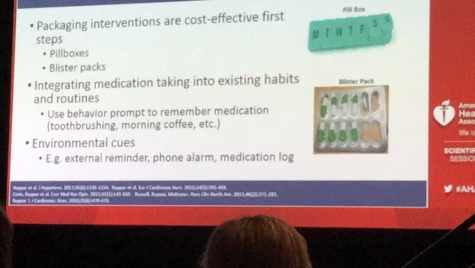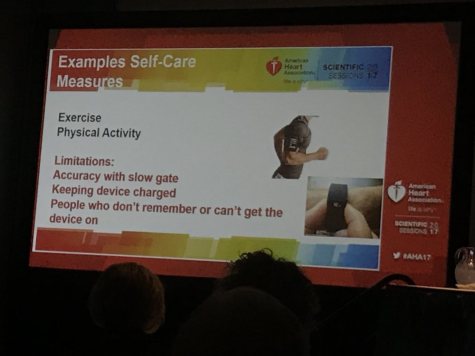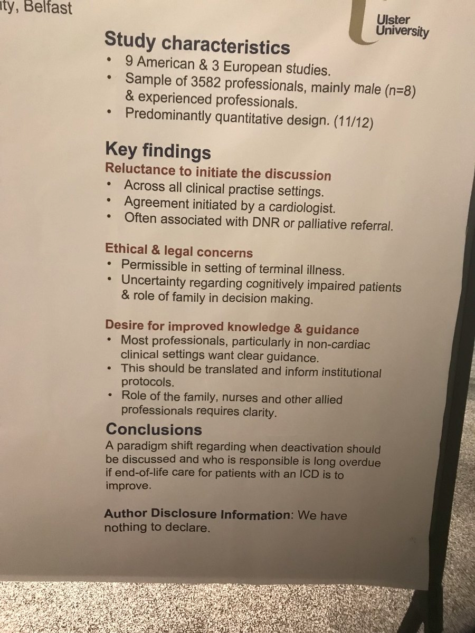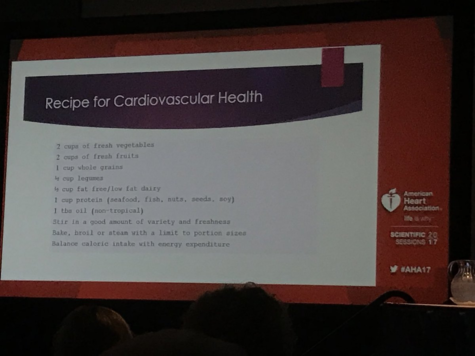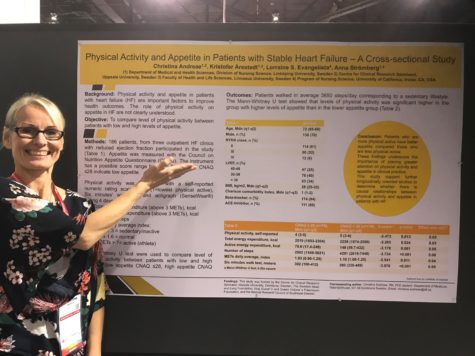Baby Steps in Heart Failure and Palliative Care
Any fellow or NP who has worked with me in the CVICU can tell you, I’m notoriously conservative when it comes to my treatment plans in infants and children recovering from acute on chronic heart failure. After witnessing first-hand how fragile these patients can be throughout my training, and seeing all the sequelae of patients who were weaned too quickly, I have become very strict about how quickly I allow my team to de-escalate the critical care therapies in these children. Of course, baby steps in moving patients forward need to be balanced with ICU length of stay, central venous access, and other drivers of patient outcomes/complications. Honestly, I don’t think there’s a right or wrong answer, but I do think that the following scenarios are not uncommon:
- “Let’s wean the dexmedetomidine every 8 hours so we can get off by tomorrow…”
- Three days later, the patient is on an even higher dose, in addition to clonidine and milrinone, because he had an acute decompensation during withdrawal.
- “Let’s increase the feed volumes to 160cc/kg/day because we’re only gaining 10g/day of weight…”
- One week later, the patient has lost 300g because she’s been NPO for feeding intolerance.
Treating critically ill heart failure patients, even when they’re in recovery-mode, is an art. It’s really hard to find the balance. My experience thus far has pushed me to the conservative side of the spectrum in this patient population.
So, as I have come to accept the importance of baby steps in my clinical practice, recently I began asking myself: Why am I so hesitant to bring up palliative care in my patients with complex disease? I sometimes feel like I’ve waited too long to broach the subject, despite knowing that perhaps meeting the palliative care team early and taking baby steps forward with setting goals and accessing resources would be beneficial for the families of many of our complex patients. One of my friends and former co-fellows, Hayley Hancock, recently published this study, which showed the benefits of early palliative care consultation for families of patients with prenatally diagnosed single ventricle heart disease. These families were introduced to palliative care, even before their children were born, yet there was still a benefit to the family, including less anxiety and better family relationship and communication scores. I know that palliative care teams are often quite busy and may not have the resources to get involved with every single patient with complex heart disease, but I do see the value in introducing the concept early. As palliative care resources become more available, I hope to be able to encourage baby steps in this important area with my complex patients earlier when it’s appropriate.
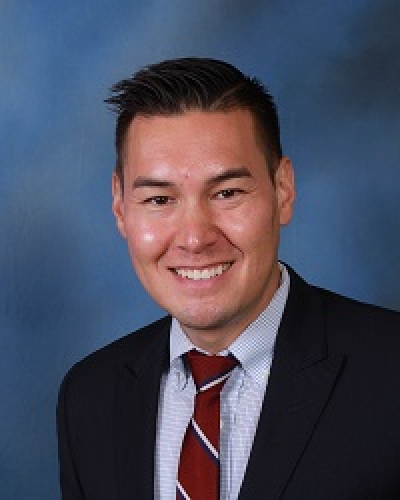
David K. Werho, MD is an Assistant Clinical Professor at the University of California San Diego and a Pediatric Cardiac Intensivist at Rady Children’s Hospital – San Diego. His research focuses on pediatric cardiac ICU outcomes as well as interventions and curriculum development in medical education. He tweets @DWerho and contributes to the Pediatric Cardiac Intensive Care Society Newsletter as editor and contributor.
